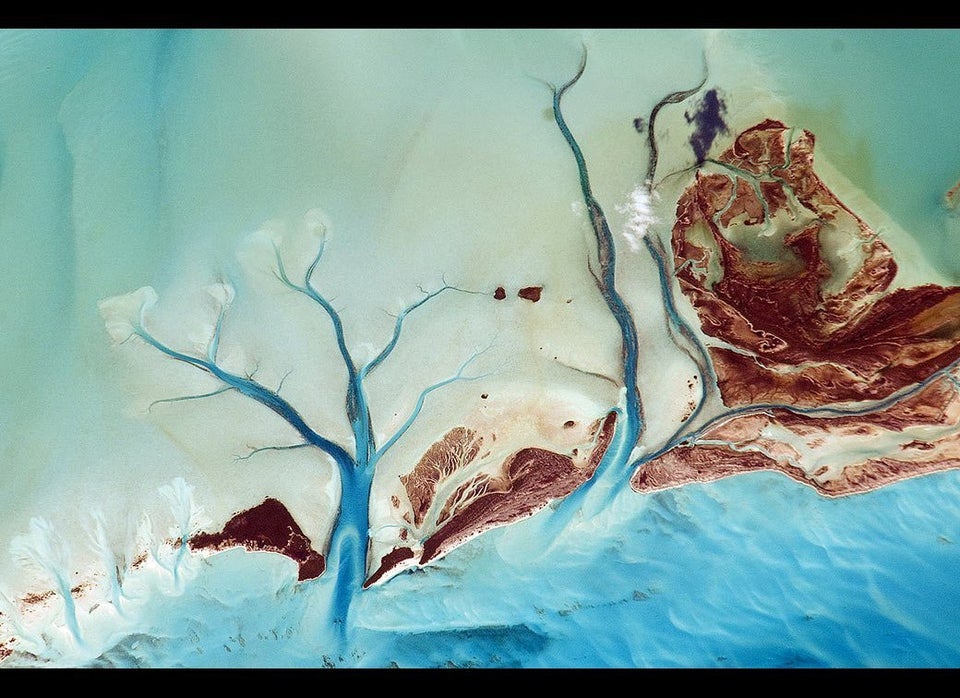There may be a secret landscape complete with a vast canyon hidden beneath the Antarctic ice sheet -- and the canyon might just be the largest in the world.
An international team of researchers has discovered evidence in satellite data that this mysterious canyon might exist beneath Princess Elizabeth Land in East Antarctica, publishing their findings in the current issue of the journal Geology.
Now, an airborne survey to take radar measurements of the subglacial landscape is underway to confirm the colossal canyon, which could be wider than the Grand Canyon in some places and may span more than 1,100 kilometers (683 miles) in length, Dr. Stewart Jamieson, a geography lecturer at Durham University in England and lead author of the research, told The Huffington Post.
The new data is expected to be released later this year.
"We are somewhat surprised that these features haven’t been mapped before, they are potentially very large after all," Jamieson said.
In order to map out what they think may lie beneath Princess Elizabeth Land, the researchers analyzed satellite data of the ice surface. (Watch the video above, which describes their work.)
The researchers noticed very long, linear features buried beneath the ice, which they concluded may be evidence of a canyon system or valleys. They also found evidence that the canyon might be connected to a previously undiscovered subglacial lake, BBC News reported.
The researchers think that the canyon was probably carved out by water. It either is so ancient that it existed before the Antarctic ice sheet came to be, or it was created by water flowing beneath the ice and eroding buried rocks.
"To observe a massive canyon system is, of course, not what we were expecting, and it has taken some time to interpret the data, and indeed plan the field mission now taking place," Dr. Martin Siegert, co-director of the Grantham Institute for Climate Change at Imperial College London and a co-author of the research, told The Huffington Post.
"It simply adds to our appreciation of the world," he said. "This is probably the last major unknown feature to be identified in Antarctica."
Jamieson said that studying the subglacial landscape remains important, as it could help us better understand how our planet may be affected by and respond to climate change -- especially as a warming planet can cause ice in Antarctica to melt.
"By understanding the landscape that is at the base of the ice sheet, we will be able to better understand how and why the ice flows the way it does, and therefore how the ice sheet might respond to changes in climate," he said. "For example, the canyons could be conduits through which water at the base of the ice sheet can move. Water influences how ice flows, and therefore if the canyons are diverting water from one area to another, the canyons themselves may be influencing the behavior of the ice sheet."
Also on HuffPost:

